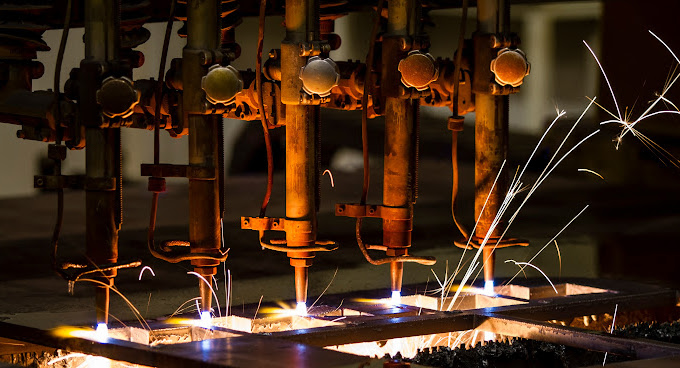Unlocking Tax Savings: How a Cost Segregation Study Can Benefit Your Manufacturing Company
 Posted by Kerry Roets on June 04, 2024
Posted by Kerry Roets on June 04, 2024
Manufacturing companies often face significant investments when purchasing, constructing, or upgrading their facilities. Typically, these expenditures cannot be immediately deducted for tax purposes. However, there is a strategy that can expedite depreciation deductions: a cost segregation study.
Understanding Depreciation
Assets with a useful life of more than one year generally must be depreciated over several years. The depreciation periods vary based on the type and classification of the property. For instance, tangible personal property can often be depreciated over three, five, or seven years (depending on the specific asset class), with larger deductions in the earlier years if the Modified Accelerated Cost Recovery System (MACRS) is utilized. Qualified improvement property (QIP) and depreciable land improvements can be depreciated over 15 years. In contrast, it takes 39 years to depreciate a commercial building, such as a manufacturing facility.
Maximizing Tax Efficiency
There is a more tax-efficient way to claim depreciation deductions for your facility. Certain portions of a commercial building can be treated as tangible personal property if they exclusively relate to the equipment used in the building. Traditionally, this includes components like:
- Electrical and HVAC systems
- Roofing
- Plumbing fixtures
- Flooring and carpeting
The manufacturing sector has greater flexibility compared to most industries. The list of potential components can also include conveyor belts, service bay doors, specific workstations, trash enclosures, and robotic machinery.
The Role of a Cost Segregation Study
Due to varying depreciation periods for different components based on the building’s specific use, manufacturers often engage professional experts to conduct a cost segregation study. This study uses accounting and engineering techniques to identify building costs that can be classified as tangible personal property rather than real property. While the costs and benefits of a cost segregation study depend on specific circumstances, it is generally a worthwhile investment.
A cost segregation study can accelerate depreciation deductions on certain items, reducing taxes and increasing cash flow. It also identifies QIP and land improvements that can be depreciated more rapidly.
Key Tax Breaks
A cost segregation study can be particularly beneficial when it allows you to leverage two significant depreciation-related tax breaks: Section 179 expensing and first-year bonus depreciation.
Section 179 Expensing
Under Section 179 of the tax code, a manufacturer can expense up to $1.22 million of the cost of qualified property placed in service during 2024 (with this amount indexed annually for inflation). Eligible building components may include roofs, HVAC systems, fire protection, and security systems that meet specific criteria. However, Section 179 expensing is limited to the amount of your business income for the year and is reduced on a dollar-for-dollar basis when asset acquisitions for 2024 exceed $3.05 million (also indexed for inflation).
First-Year Bonus Depreciation
If eligible property expenses exceed the Section 179 expensing limit, manufacturers can claim first-year bonus depreciation. The bonus depreciation rate for 2024 is 60%, scheduled to decrease to 40% in 2025 and 20% in 2026, after which bonus depreciation will expire unless extended by legislation. Any remaining amounts after Section 179 expensing and first-year bonus depreciation can be depreciated over the applicable periods.
Evaluating the Investment
The specific costs and benefits of a cost segregation study will vary based on your unique situation. However, it often proves to be a valuable investment. For further details and to discuss how a cost segregation study can benefit your manufacturing company, please contact us.


